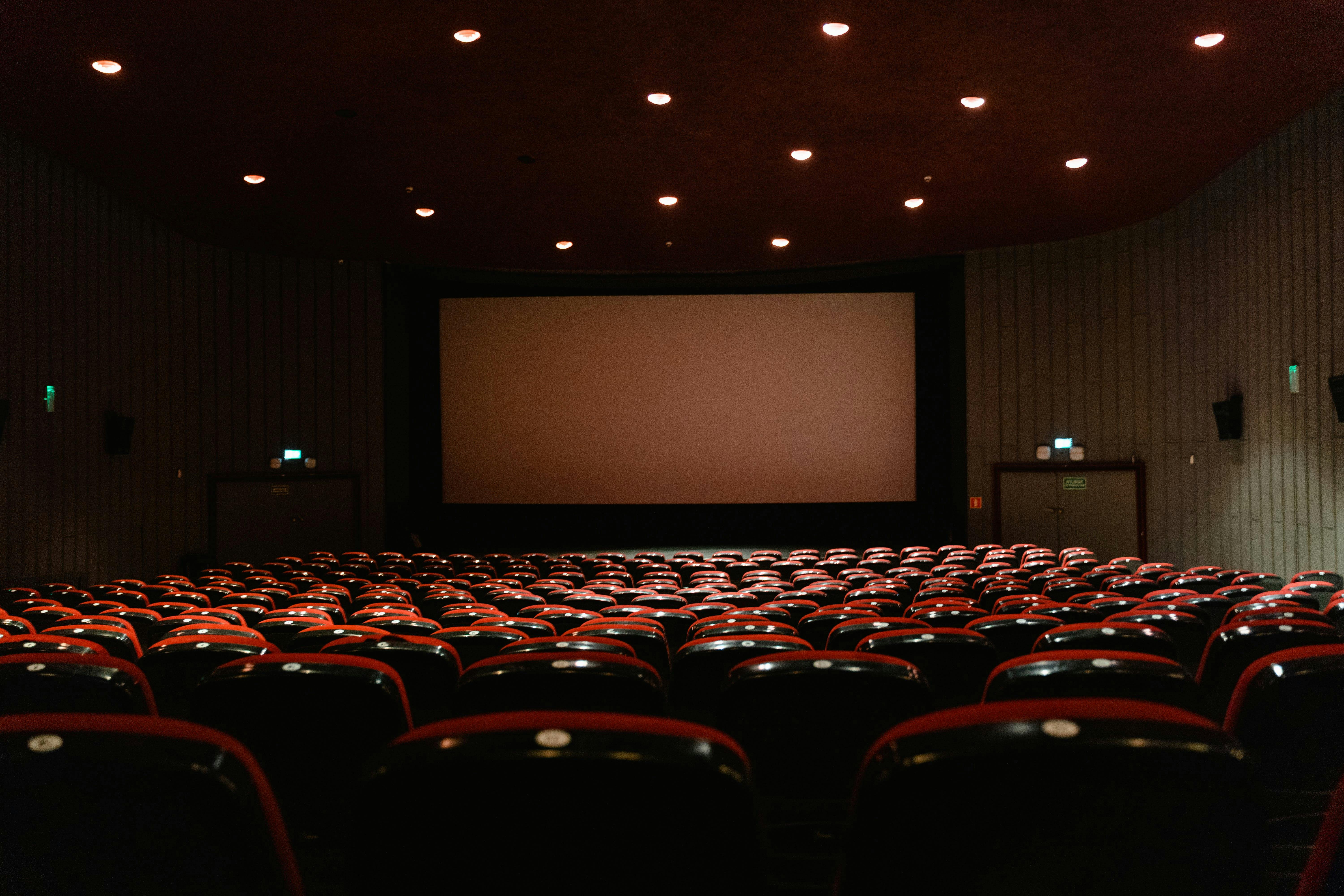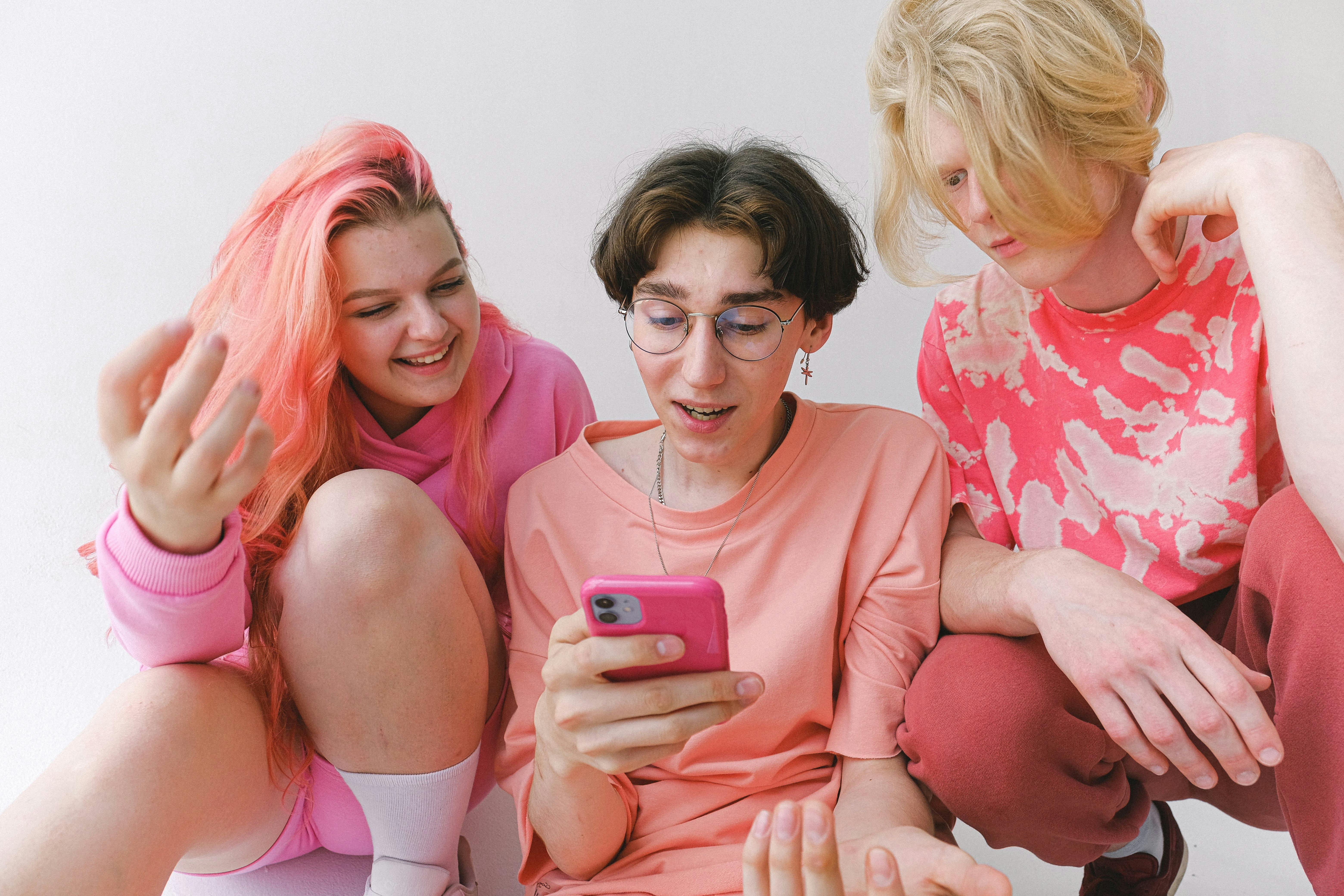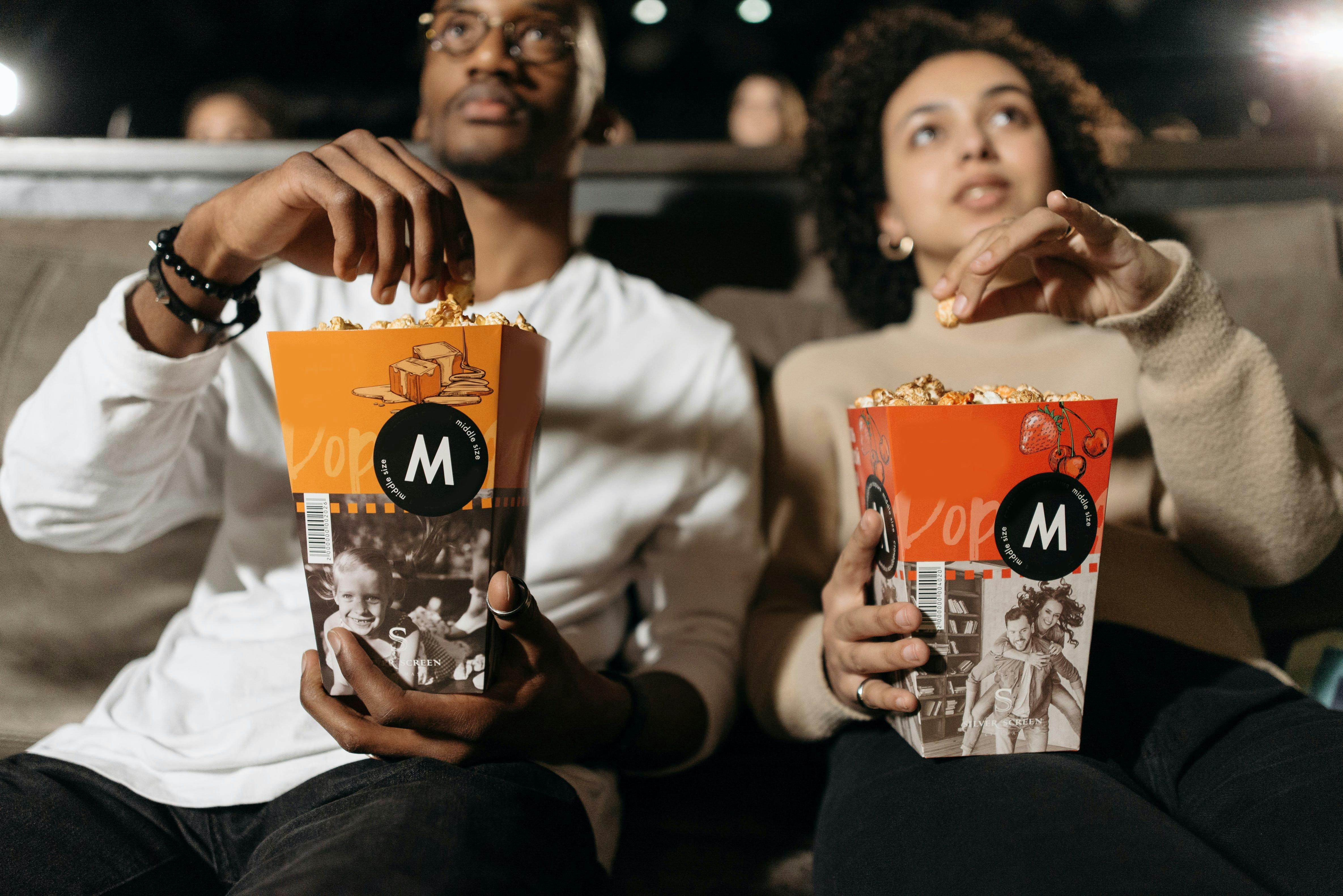Opinion
As we hang up the Christmas decorations and start drafting plans for the New Year, we look back on one of the biggest cultural moments of the year - Barbenheimer.
The summer of 2023 emerged as a thunderous achievement for the sector. Gerwig’s Barbie and Nolan’s Oppenheimer, cleverly married as portmanteau ‘Barbenheimer’ in a meme on X (Twitter), engulfed cinemas in a boisterous tidal wave of dreamy fuchsia and inky black, shattering box office projections and breaking records.
With unprecedented success for a double feature on an opening weekend, Barbie and Oppenheimer inadvertently set both cinemas and social media ablaze, and sent fans in a frenzy. As we are left with a slight dopamine void after experiencing Barbenheimer’s glorious path to cinematic history, we start to wonder: How did this happen? What does this mean? And will we ever see something similar to the likes of Barbenheimer again?
Below are 3 key takeaways that we think Barbenheimer has taught us:
Rumours have been viciously spreading that streaming is a looming threat for cinemas and picturehouses would soon be made obsolete. Yet, the numbers tell a different tale: Global box office numbers remain robust (with the exception of a dip caused by the COVID-19 pandemic), and cinemas continue to thrive in the age of streaming. Cinemas are not relics heading for extinction, but resilient institutions that are rapidly evolving and adapting to the new era.

In comes the Barbenheimer culture phenomenon as irrefutable proof, an event which ignited fervent discussions online and breathed a burst of new life and faith to the cinemas. Suddenly, anything anyone could talk about was what clothes they were wearing to the movies, what the ideal viewing order was, and which themed snacks and cocktails were perfect for enhancing the epic cinematic outing. Viral videos of the cleverest outfits were shared online, celebratory t-shirts were designed for the double feature, and companies hopped onto the pink and black bandwagon with special offers and outfit guidelines. If you didn’t at least watch one half of the Barbenheimer duo, you were followed by gasps of astonishment and left out of conversations that focused on the hot topic of the moment. Enthusiastic moviegoers made an event out of Barbenheimer, they celebrated the moment with marked calendars and manicured plans, excited for something that went beyond simple movie watching. There was no doubt that Barbenhemer cemented a pop culture moment - one for the history books, and one that transformed cinema-going into an all out event.
Naturally, Barbenheimer has been crowned as the beacon of hope for filmmakers, studios, and exhibitors. The double feature raked in a record breaking $244 million box office on its opening weekend in the US, and surpassed $2 billion in sales worldwide. But perhaps what’s more important is the fact that Barbenheimer has shown us that people are still willing to go to the cinemas, even if it means spending a whole day watching back to back screenings of the two films. The flood of movie watchers that took over the cinemas during Barbehemier’s release can be seen as a sign that enthusiastic cinemagoers are still out there, that despite their evolving motivations, there are ways to lure them back to the cinemas. Movie theatres aren’t dying, they’re evolving, and if you give cinemagoers an unmissable event such as a global cultural moment spurred by an accidental marketing coup - ticket buyers will show up.
Ever since it started gaining traction in the early 2000s, social media has been following an ever-rising growth curve, with a total of 4.89 billion social media users as of 2023 (more than 50% of the total world population). According to Forbes, social networks have become an integral part of our lives and a communications channel that businesses should not dismiss: 76% of social media users have purchased something they saw on social media and 77% of businesses utilise social media to reach customers. Any sensible marketer will tell you that social media is an undeniable force in swaying consumers for businesses, movie studios and cinemas included.
While the Barbenheimer phenomenon joins the list of social media sensations that has solidified social media’s immense influence in our everyday lives and justified its demand for attention amongst marketers, (based on Comscore’s research Barbenheimer saw 5 million total actions across Instagram, TikTok, Facebook, and Twitter in the UK, and 61 million in the US) Barbenheimer’s organic and rivalry-turned-companion-piece nature sets it apart from other viral content. As a term coined via a meme created by online fandoms that went viral, Barbenheimer cannot be engineered or replicated by marketers who wish to recreate the same media sensation. Nevertheless, there are still valuable social media insights to glean from this grassroots trend that dominated all discussion in the week of its release.

To start, Barbenheimer is the epitome of social media’s viral culture and how online platforms and zealous fans could create a whole movement that sends audiences to the cinemas. The robust box office and the influx of bundled bookings to watch both films have proven as much. The Barbenheimer hype was not limited to the confines of our screens, and social media has the power to move crowds, both online and offline.
One thing that bolstered the media frenzy was the abundance of UGC (user-generated content) created during the zenith of the hype. On social media, where fandom culture flourishes, fans of the films created and shared memes, videos, and reviews which generated buzz for the films and built a sense of community among fans - as well as inciting our favourite customer motivator, FOMO, amongst casual moviegoers. With fans serving as co-creators and ambassadors for the films, Barbenheimer earned its credibility and authenticity - and the urge to watch the film intensified. This goes to show just how far UGC goes and how marketers could harness its power to drive engagement and talkability for their brand. Encouraging users to create their own content gives them ownership over the brand narrative while providing free and credible promotional reach.
Barbenheimer also benefited from social media’s unmatched speed and coverage, as search trends, recommendations, posts, and ease of communication provided marketers with instant snapshots of public sentiments and talking points, allowing them to lean into the hype through official channels and implement complementary marketing tactics to enhance their relationship with fans and buttress the Barbenheimer movement. This demonstrates how leveraging real-time feedback loops and capitalising on engagement opportunities enable marketers to amplify organic hype rather than force it, and that tapping into viral moments with well-timed and relevant content can bring communities together and form authentic relationships between brands and its audiences.
To top it all off, Barbenheimer is not the only hashtag to have caused a commotion on social media. The #GentleMinions TikTok trend saw teens attending screening of ‘Minion: The Rise of Gru’ in suits and ties, while the live-action ‘The Little Mermaid’ saw a similar trend with kids dressing up to the screenings. What makes Barbenheimer extra special is how the behaviour transcended from children to adults. In the age of digital dominance and cacophony online, it’s more important than ever for movie marketers to utilise social media to capture attention and connect with their audiences.

Marketers may still be scratching their heads trying to understand why Barbenheimer happened, after all, viral content is not always consistent and may even seem down right random. To pretend to know the exact forces behind Barbenheimer’s explosive hype is to fool everyone in underestimating the complex interplay of factors at work. However, once we place both films under the magnifying glass, glaring similarities start revealing themselves. Here, we’d like to boil it all down to the famous words of tech titan, Bill Gates: ‘Content is King’.
Relevance and resonance is key to internet hype, and Barbenheimer provided just that. Looking past the glamorous cast and dazzling production value, Barbie and Oppenheimer’s subject matters easily nestled their way into our hearts with themes and arguments that reflected the values and ideologies of our generation. The nostalgic nature of Barbie appealed to Millennials and Gen Z's fondness for retro pop culture while Oppenheimer's contemplation of a world changing event is a collective memory that we all recognise. Additionally, the two films touch on topics that have increasingly occupied our thoughts for the past decade - the challenges to feminism and the ethics of warfare. Barbenheimer provides us with valuable hints on crafting compelling stories and embracing bold visions, something only possible when studios give artists creative freedom.
Barbie and Oppenheimer’s hefty budgets and promising IP definitely provided them an easy launch into public consciousness, but at the end of the day it may be the stark contrast and seeming incompatibility between the two films that created the perfect concoction for viral absurdity. The two films are not only polar opposites on the colour spectrum in terms of key imagery, they are near antithesis of one another. One a bubbly fiction comedy filled with poppy tunes and dance numbers while the other a sullen historical drama that exudes a sense of dread with its bleak scenes. It was this distinct contrast that got fans poking fun at the two films, and it was the same blunt disparity that became a focus point for conversations, comparisons, and ultimately celebrations across the globe. Here we see the power of counterintuitive programming, the potential of synergies between films, and the importance of anchoring content on a unique and refreshing focal point that can be nurtured into something magnificent.

The runaway success of Barbenheimer has shown that enthusiasm for theatrical experiences still runs deep, viral sensations can make or break a film, and compelling content reigns supreme. Perhaps Barbenheimer is a harbinger of festivalised screenings, a signal for studios to embrace bolder artistic directions and consider an alternative approach to programming. Or maybe it was just a fleeting moment of social media hype. Regardless of which, for a moment in time, Barbenheimer unified audiences and brought much-needed vibrancy back to cinemas. It reminded us of cinema’s enduring magic. And that is something worth celebrating.